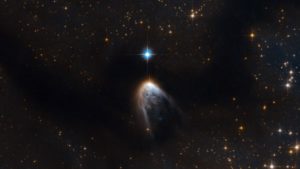I may be late joining the party, but I just discovered a fascinating new project on CNET. Six months ago CNET launched a project in which it asked subscribers to participate in writing a science fiction novel—a crowd-sourced novel. The novel is now available on the following site:
http://www.cnet.com/news/crowd-control-our-crowdsourced-science-fiction-novel-starts-here/
Eric Mack, a CNET writer, launched the novel on October 27, 2015, in recognition of National Writing Month in November. Each year during November, writers are encouraged to attempt to write a full novel in thirty days. I have never attempted it, and I can’t believe anyone could produce much more than 30,000 words of garbage that way, but who knows. Lots of people have tried it, and a lot have discovered a talent they didn’t know they had, or the discipline to employ a talent they do have.
Mack set up the premise for the novel entitled Crowd Control and posted his own daily writings, allowing others to add to his base. The full manuscript totals around 50,000 words and had hundreds of contributors. The finished work is now available for reading at the link above, but the site is still accepting illustrations, so artists—get to it!
Those of us who are writers fully recognize that our profession is changing rapidly. With self-publishing becoming an affordable alternative while traditional publishers offer less and less for a huge chunk of the writers’ profits, writing is open to the masses as never before. True, that sometimes results in novels of inferior quality and writing expertise making it to print, but it also provides an opening for unrecognized but potentially outstanding authors like one of my newly discovered favorites, David Dalglish. Dalglish’s novels are currently published by Orbit, but he started out by self-publishing. Would we ever have had the pleasure of his novels if self-publishing hadn’t been an option?
Crowd sourcing seems to be a new opening in the realm of authorship. As a writer, it thrills me to see something develop that encourages the art of word smithing.
Thus far I have read only the first chapter of Crowd Control, but I intend to keep reading, and I’ll let you all know what I think of it.
